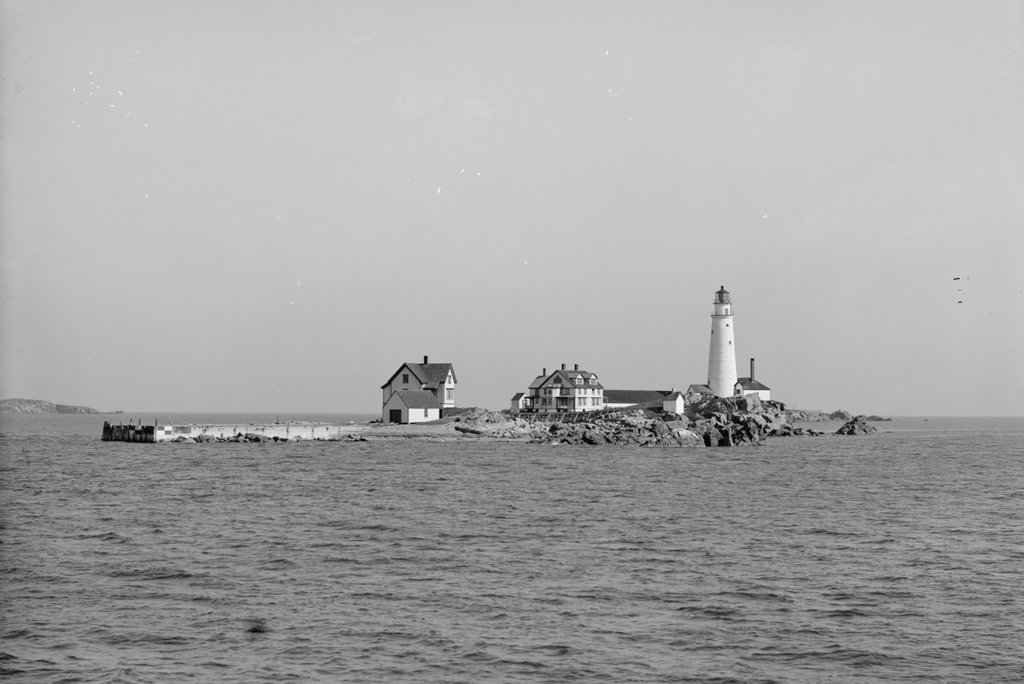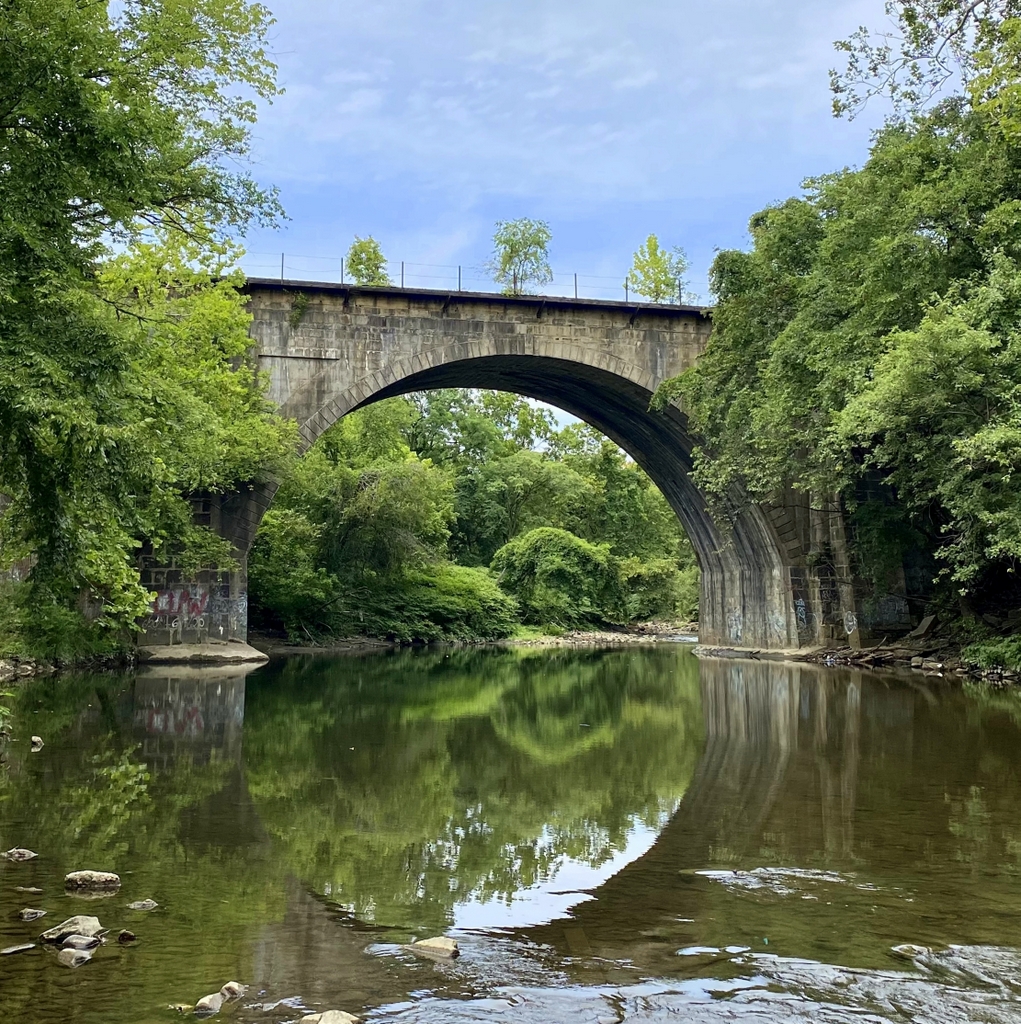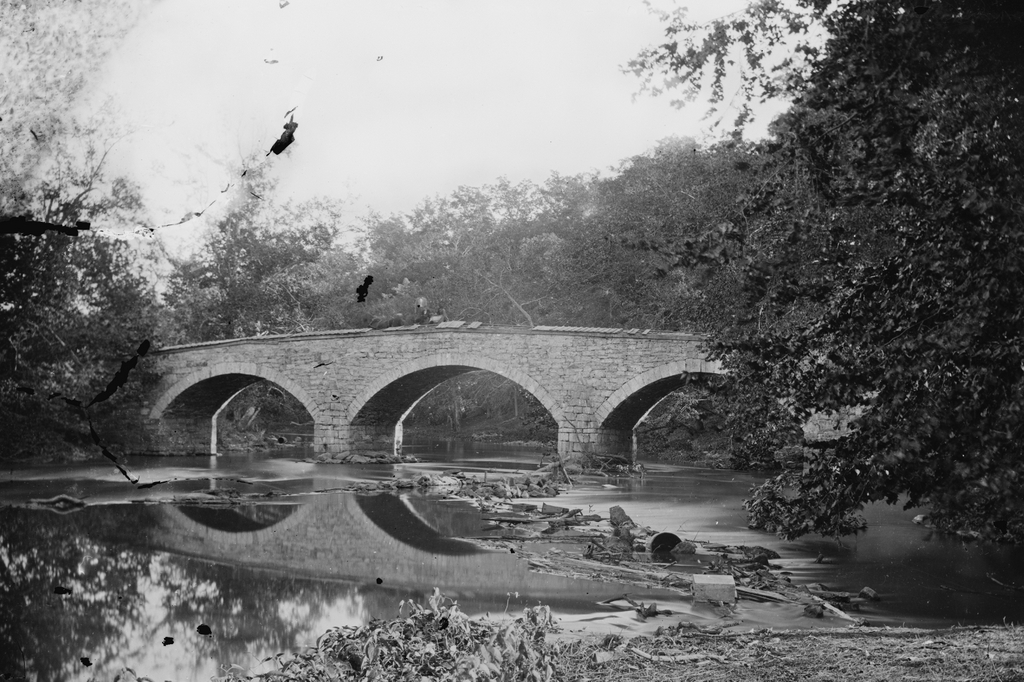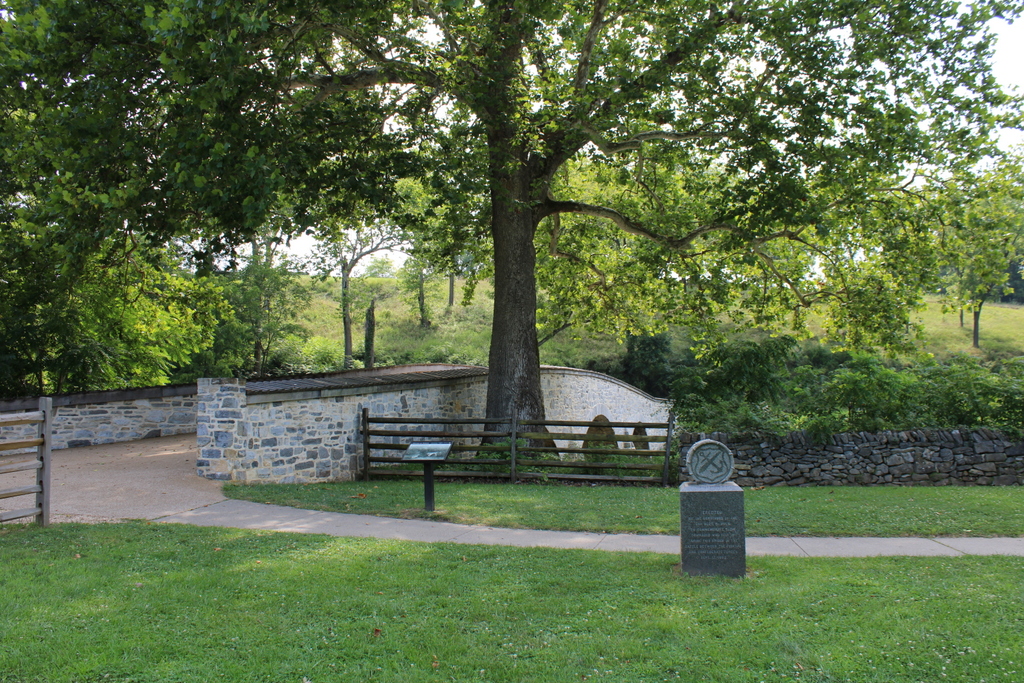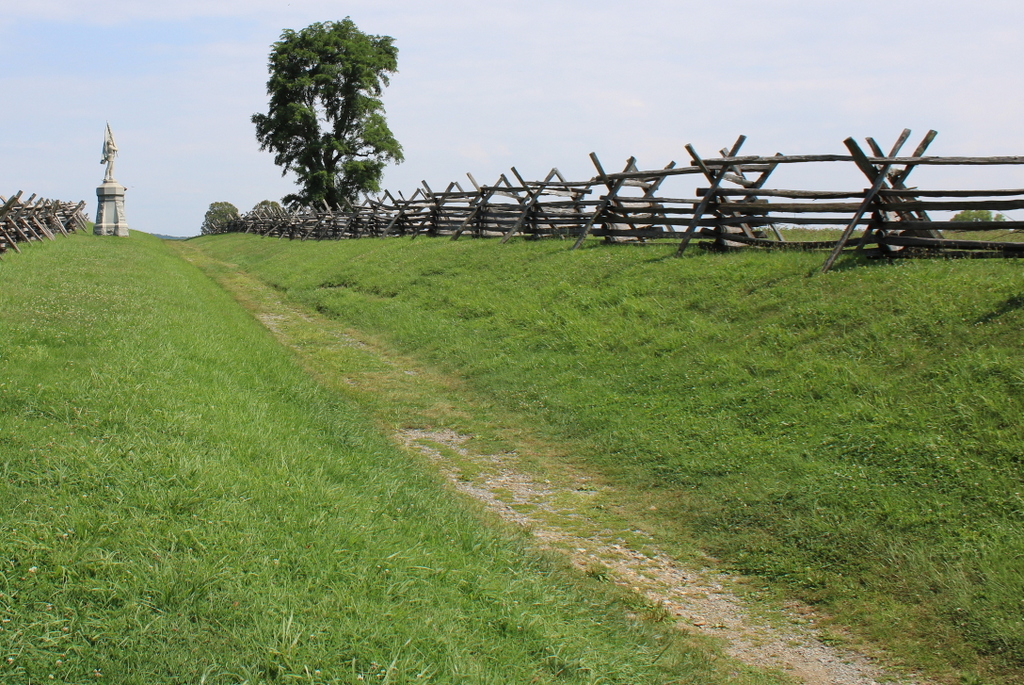The Great Gulf, seen from just north of the summit of Mount Washington, around 1900. Image courtesy of the Library of Congress, Detroit Publishing Company Collection.
The scene in 2021:
These two photos show the view looking north from Mount Washington, with the Great Gulf in the foreground and the summits of the northern Presidential Range beyond it. Mount Washington is the highest peak in New England and the northeastern United States, and it stands at the center of the Presidential Range, a north-south oriented range that contains many other high peaks. The five highest peaks are named after the first five presidents, mostly in descending order of elevation, and each one is higher than any other mountain in the northeast outside of the Presidential Range.
Mount Washington, the highest, is 6,288 feet above sea level. It is followed by Mount Adams (5,774 feet), which is seen on the right side of this scene; Mount Jefferson (5,712 feet) on the left side of the scene; Mount Monroe (5,384 feet) out of view on the opposite side of Mount Washington; and Mount Madison (5,367 feet) on the extreme right-hand side of this scene.
Just out of view in the foreground on the right side is a portion of Mount Washington, which extends to the northeast away from the summit area. That slope of Mount Washington, along with the northern Presidentials in the distance, form the walls of the Great Gulf, a large glacial cirque. There are a number of different cirques around Mount Washington that were formed by glacial activity, including Tuckerman Ravine, Huntington Ravine, and Ammonoosuc Ravine. However, the Great Gulf is by far the largest of these, extended more than two miles in length and over a mile in width.
The first recorded description of the Great Gulf comes from Darby Field in 1642. Although this was still very early in the history of European colonization in New England, and several centuries before recreational hiking became popular in the region, Darby Field and his two Native American guides became the first known people to have climbed Mount Washington. This achievement was considered remarkable enough that John Winthrop, governor of the Massachusetts Bay Colony, provided a lengthy account of Field’s expedition in his journal. Regarding the final ascent to the summit, Winthrop wrote:
They went divers times through the thick clouds for a good space, and within 4 miles of the top, they had no clouds but very cold. By the way among the rocks, there were two ponds, one a blackish water, and the other reddish. The top of all was plain about 60 feet square. On the north side was such a precipice, as they could scarcely discern to the bottom. They had neither cloud nor wind on the top, and moderate heat. All the country about him seemed a level, except here and there a hill rising above the rest, and far beneath them. He saw to the north, a great water which he judged to be 100 miles broad, but could see no land beyond it.
Although Winthrop’s description was secondhand information at best, the account seems reliable, since it contains information that Field would only have known if he had actually reached the summit. The “two ponds” are likely the Lakes of the Clouds, located along the ridgeline between the summits of Mount Washington and Mount Monroe, and the description of the “plain” at the summit likewise corresponds to reality. And, his description of the Great Gulf also helps to verify the account, since Field would have only known about “such a precipice, as they could scarcely discern to the bottom” if he and his guides had actually stood here at the edge of the Great Gulf headwall.
Aside from Field’s journey, there were very few recorded ascents of Mount Washington during the colonial period. However, this began to change by the early 19th century, as New Englanders began to travel to the White Mountains to experience the scenery here. By 1819 there was a footpath from Crawford Notch to the summit, and this was later followed by a carriage road in 1861 and a cog railway in 1868. The summit area became a seasonal community, with several hotels and even its own newspaper.
However, despite the extensive development on Mount Washington, the other summits on the Presidential Range remained largely untouched, as did the Great Gulf. Visitors were generally happy to admire these scenes from afar, and there were few landscapes that could compete with this view here in these photos. Writing in his 1856 book Incidents in White Mountain History, Benjamin G. Willey provided the following description of this scene:
[G]oing a few rods northward, you come to the brink of an almost unfathomable abyss, known as the Great Gulf. It is a rocky, precipitous descent of two thousand feet. Rising up opposite you from the bottom of this Gulf, almost perpendicularly, is the great range of mountains, comprising Clay, Jefferson, Adams and Madison. This vast range may be seen from their roots to their summits by one standing on the brink. Deep down in the very bottom of the hollow are rough, confused piles of rocks, with narrow and deeply-worn ravines between them. Springing up occasionally, near the very base of the mountain range, are tall spruces, while further up on their sides are birches and small firbushes. Toward the east, the Gulf has an opening, surrounded on all its other sides by mountains.
A few years later, in his 1860 book The White Hills: Their Legends, Landscape, and Poetry, described the scene in even more rapturous language, from an overlook on the nearby carriage road. He wrote:
Yet the glory of the view is, after all, the four highest companion mountains of the range. Clay, Jefferson, Adams, Madison, that show themselves in a bending line beyond the tremendous gorge at the right of the path, absurdly called the ” Gulf of Mexico,” and are visible from their roots to their summits. . . . Except by climbing to the ridge through the unbroken wilderness of the northern side, there is no such view to be had east of the Mississippi of mountain architecture and sublimity. They do not seem to be rocky institutions. Their lines have so much life that they appear to have just leaped from the deeps beneath the soil. We say to ourselves, these peaks are nature’s struggle against petrifaction, the earth’s cry for air.
This scene certainly captivated visitors, but few were adventurous enough to actually descend into this “unfathomable abyss.” Because of its remoteness, the upper reaches of the Gulf escaped large-scale logging, and even the trail builders of the late 1800s tended to avoid the area. A single hiking trail was built through the Gulf as far as Spalding Lake in the lower foreground of these photos, but it did not ascend the headwall of the mountains. Nor did it apparently see much use, because it did not see much subsequent maintenance.
The Great Gulf was still an essentially trailless wilderness when the first photo was taken around 1900, but this would soon change. From 1908 to 1910, Warren W. Hart oversaw the construction of a series of trails in the area, starting with the Great Gulf Trail, which traversed the Gulf, climbed the headwall, and ended near the spot where these two photos were taken. Another trail, named the Six Husbands Trail, was opened to the summit of Mount Jefferson by way of the steep slopes in the right-center of the scene. Two other trails—Adams Slide and the Buttress Trail—climbed Mount Adams, and the Wamsutta and Chandler Brook Trails climbed the northeastern slopes of Mount Washington from the Great Gulf.
At the time, the Great Gulf was still in private hands, but in 1916 it was purchased by the U.S. Forest Service. It subsequently became part of the White Mountain National Forest, and in 1964 it was designated as the Great Gulf Wilderness, which conferred greater protections on the land than other portions of the national forest. As a result, this view from atop the headwall looks essentially the same as it did over 120 years earlier, and in all likelihood it also looks the same as it did over 380 years ago, when Darby Field first described the “precipice” where he could “scarcely discern the bottom.”



